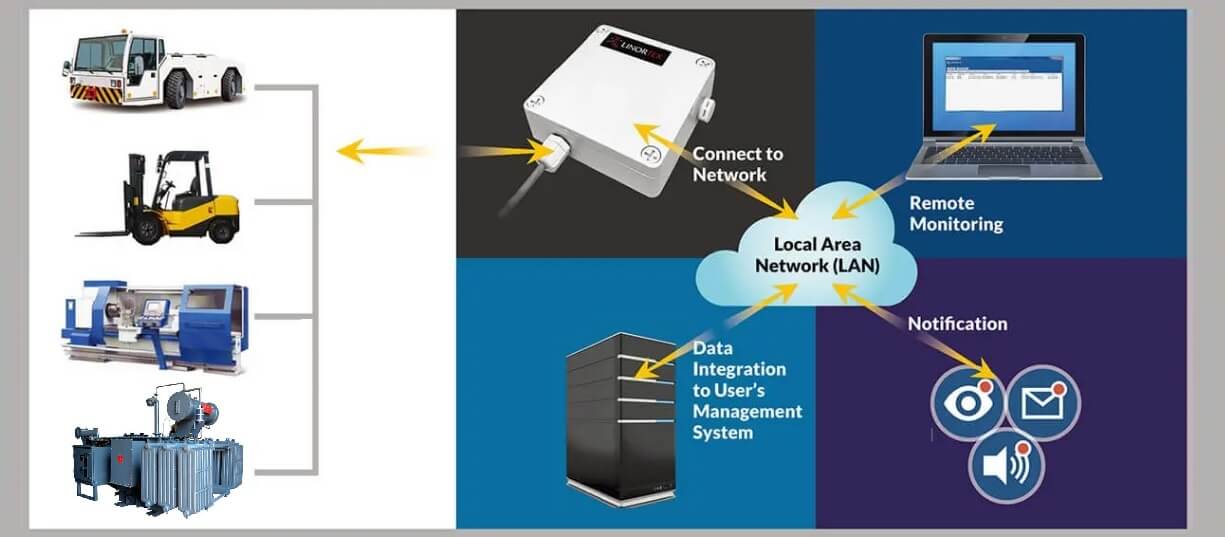
Ruvik Automation Pvt Ltd (RAPL) Most IoT remote monitoring solutions starts with sensors. Sensors capture information about the state of the equipment. In most cases, the type of information needed dictates the type of sensor used. For example, GPS captures location data, accelerometers measure movements like vibrations, and an impeller can measure fluid flow.
Some sensors come integrated with a gateway capability. The gateway is responsible for broadcasting the data collected by the sensor. Long range wireless communications send the data to a cloud platform. There, the solution can process or analyze the data. Alternatives include sensors that broadcast via short range wireless technology to a gateway that is close in proximity. That gateway then takes on the responsibility of broadcasting the data back to the cloud platform.
In addition to sensing capabilities, physical constraints also factor into sensor type considerations. For example, accessibility to power dictates if the sensor requires a battery, and if so how long it should last. Battery life leads to serviceability, or how often they will need maintenance. Additionally, the distance the data must travel guides the type of wireless communication used (WiFi, Bluetooth, LTE).
Ultimately, the data that originated from a sensor will land at the doorstep of a cloud platform. Then, the cloud platform ingests the data and processes it. It can then be output to a dashboard that highlights pertinent information. That way, a human operator can more easily interpret the data from a top level.
Remote monitoring solutions often have the capability to send control commands back to the equipment. Control can vary from the ability to manipulate actuators or update firmware remotely.
We do in this types: